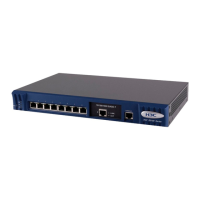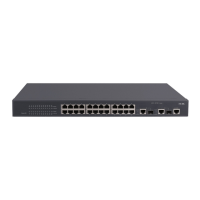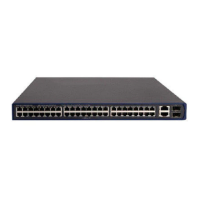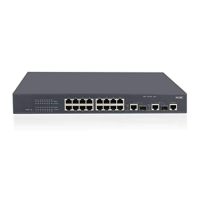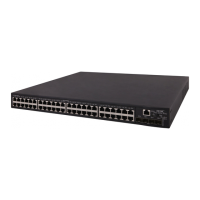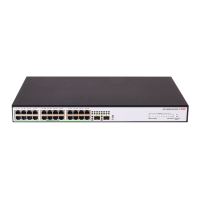1-4
Table 1-1 An analogy between TV transmission and multicast transmission
Step TV transmission Multicast transmission
1
A TV station transmits a TV program
through a television channel.
A multicast source sends multicast data to a multicast
group.
2 A user tunes the TV set to the channel. A receiver joins the multicast group.
3
The user starts to watch the TV program
transmitted by the TV station via the
channel.
The receiver starts to receive the multicast data that
the source sends to the multicast group.
4 The user turns off the TV set. The receiver leaves the multicast group.
z A multicast source does not necessarily belong to a multicast group. Namely, a multicast source is
not necessarily a multicast data receiver.
z A multicast source can send data to multiple multicast groups at the same time, and multiple
multicast sources can send data to the same multicast group at the same time.
Advantages and Applications of Multicast
Advantages of multicast
Advantages of multicast include:
z Enhanced efficiency: Multicast decreases network traffic and reduces server load and CPU load.
z Optimal performance: Multicast reduces redundant traffic.
z Distributive application: Multicast makes multiple-point application possible.
Application of multicast
The multicast technology effectively addresses the issue of point-to-multipoint data transmission. By
enabling high-efficiency point-to-multipoint data transmission, over an IP network, multicast greatly
saves network bandwidth and reduces network load.
Multicast provides the following applications:
z Applications of multimedia and flow media, such as Web TV, Web radio, and real-time video/audio
conferencing.
z Communication for training and cooperative operations, such as remote education.
z Database and financial applications (stock), and so on.
z Any point-to-multiple-point data application.
Multicast Models
Based on the multicast source processing modes, there are three multicast models:
z Any-Source Multicast (ASM)
z Source-Filtered Multicast (SFM)
z Source-Specific Multicast (SSM)
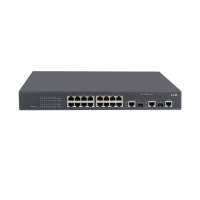
